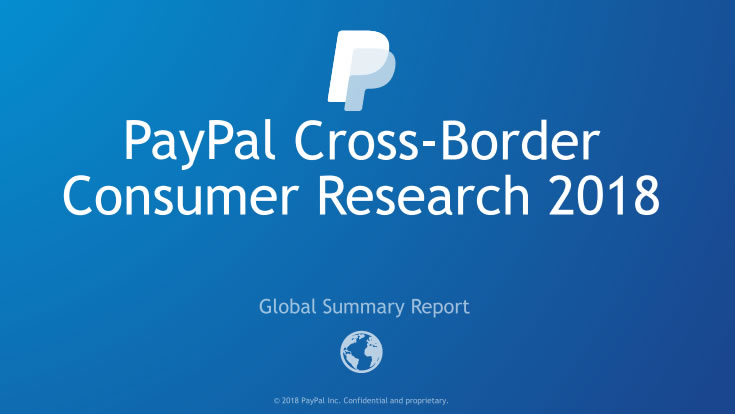Researches
Cross-Border Consumer Research 2018 | PayPal
The internet and the adoption of new communication technology have made it possible for consumers to transcend time and place borders. Cross-border e-commerce, which refers to the digital purchasing on foreign sites, is risen steadily among both retailers and consumers. In the same context, PayPal in its 2018 Cross-Border Consumer Research digs into how and …
Indicators
Free Shipping is the top Factor Could Drive More Cross-Border Shopping, 2016 | PayPal
The top potential drivers for cross-border purchasing, among all online shoppers surveyed, offering free shipping (46%) would make shoppers more likely to buy from a website in another country, followed by security (44%) and finding items that are hard to find locally (40%). Data were driven from 28,000 consumers across 32 global markets.
Indicators
Delivery Shipping Cost Is the Top Barrier for Cross-Border Shopping, 2016 | PayPal
Delivery shipping costs and other fees are the top barriers deterring shoppers from shopping cross-borders. In addition, there are some concerns about getting what consumers have paid for and also the slow product arrival. This data based on a survey was conducted across 32 global markets with approximately 28,000 consumers.
Indicators
Security Is the Key Factor Affects Cross-Border Shoppers’ Choice of Payment Method, 2016 | PayPal
More than half of cross-border shoppers rank security as their most influence when choosing the payment method for shopping cross-border. Convenience ranks next with a rate of 44%, followed closely by the possibility of acceptance from all retailers (41%). This data based on a survey was conducted across 32 global markets with approximately 28,000 consumers.
Indicators
Africa & Middle East Have the Highest Percentage of Online Imported Purchases, 2017 | KPMG
Africa and the Middle East have the highest percentage of online purchases that consumers made outside their own region with a rate of 50%, followed by Latin America (44%), then Eastern Europe and Russia (43%). North American and European consumers made the fewest international purchases – with 14% and 15% respectively – of their total …
Indicators
31% of Emiratis Cross-Border Purchases Made on Smartphones in 2016 | PayPal
Most of the online purchases in the Middle East and Africa are made on computers. UAE achieved the highest rate of using devices for purchasing cross-border, such as smart TV and feature phone, followed by Nigeria and Egypt. UAE also achieved the highest use of smartphones use for cross-border purchasing, followed by Egypt with a …
Indicators
Clothing & Electronics Are the Top Preference Categories for Cross-Border Buyers in 2016 | PayPal
Clothing or apparel, footwear and accessories come at the top preference categories for cross-border purchase with a rate of 46%, followed by electronics such as computers, tablets, and mobiles with a rate of 29%, then travel and transportation with a rate of 25%.
Indicators
More than 75% of Middle Eastern Online Shoppers Prefer Large Global Stores, 2016 | PayPal
More than 75% of the Middle Eastern online shoppers prefer online large global stores such as Amazon or eBay when they purchase Cross-Border, while almost half of them doesn’t care about if the online retailer is based overseas or not. In Africa, there is a convergence between online shoppers who prefer large global stores and …







